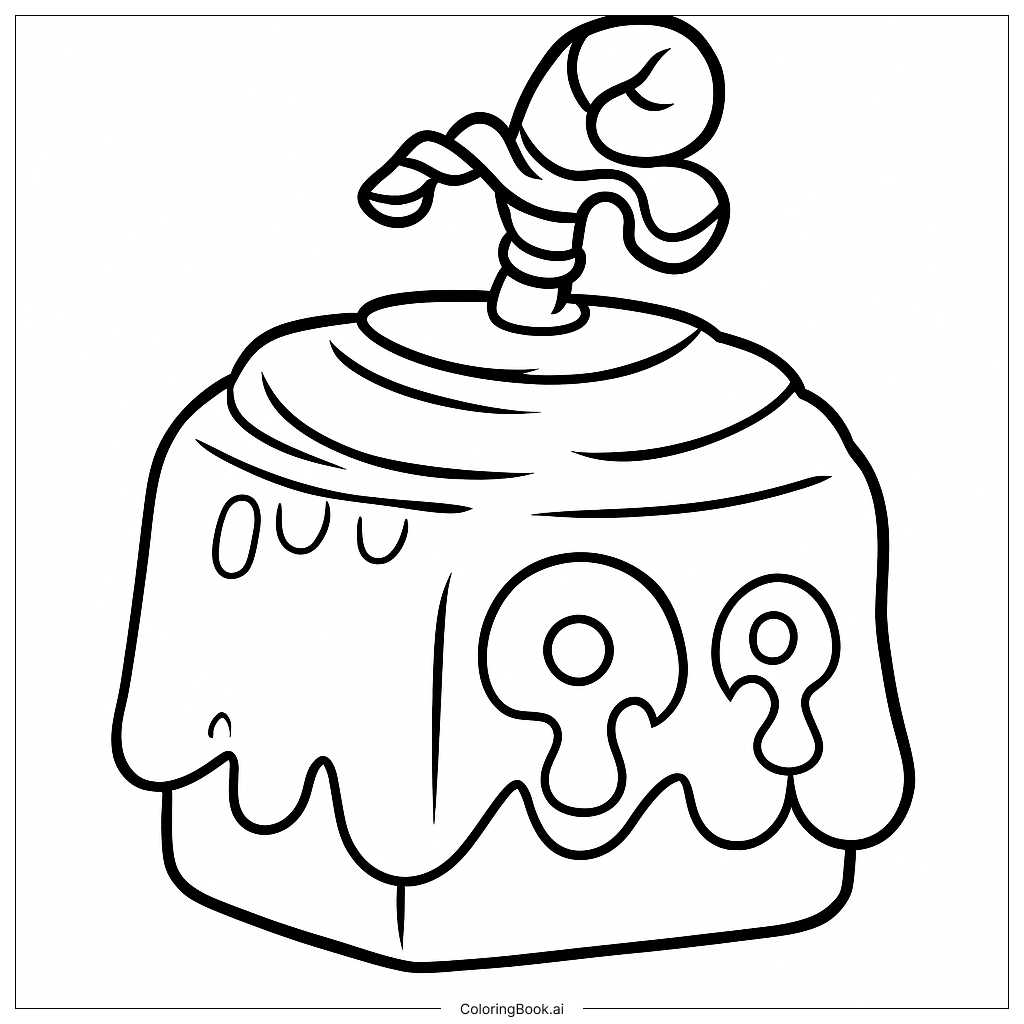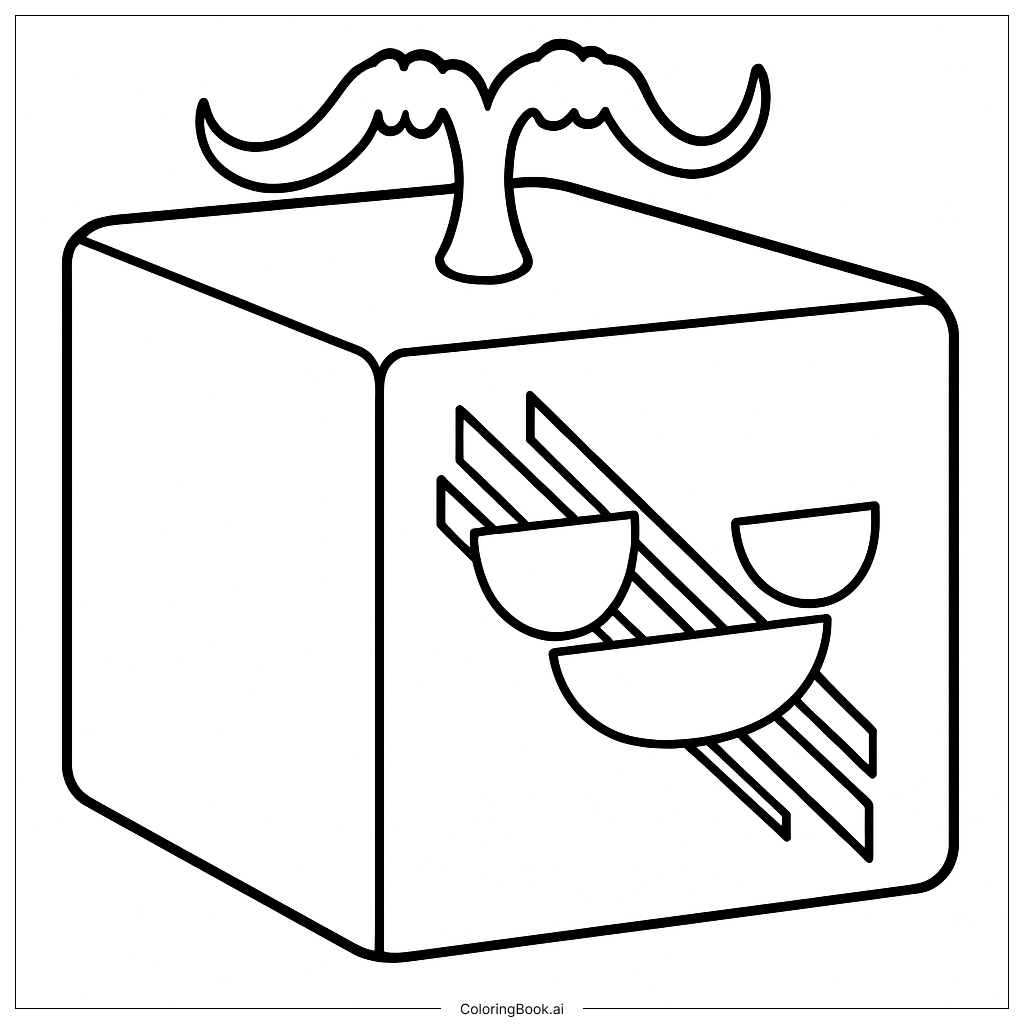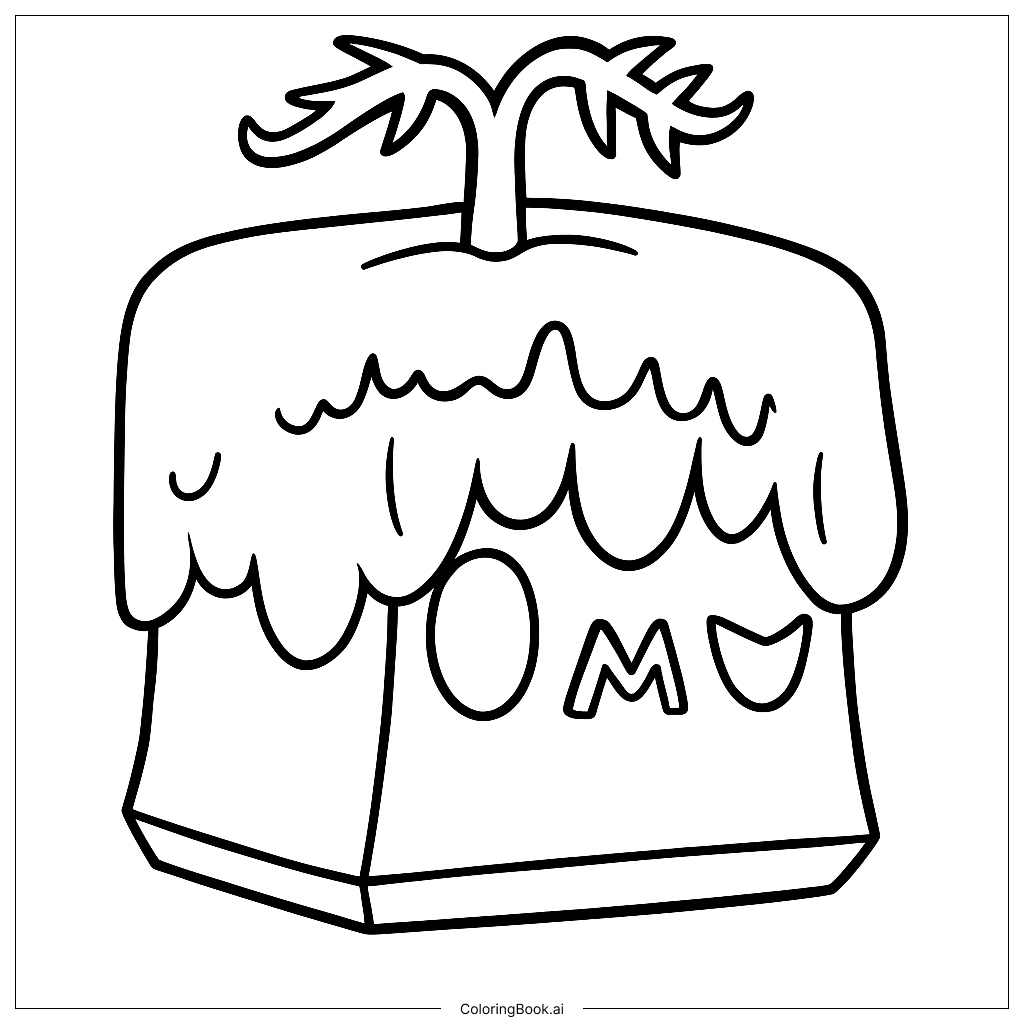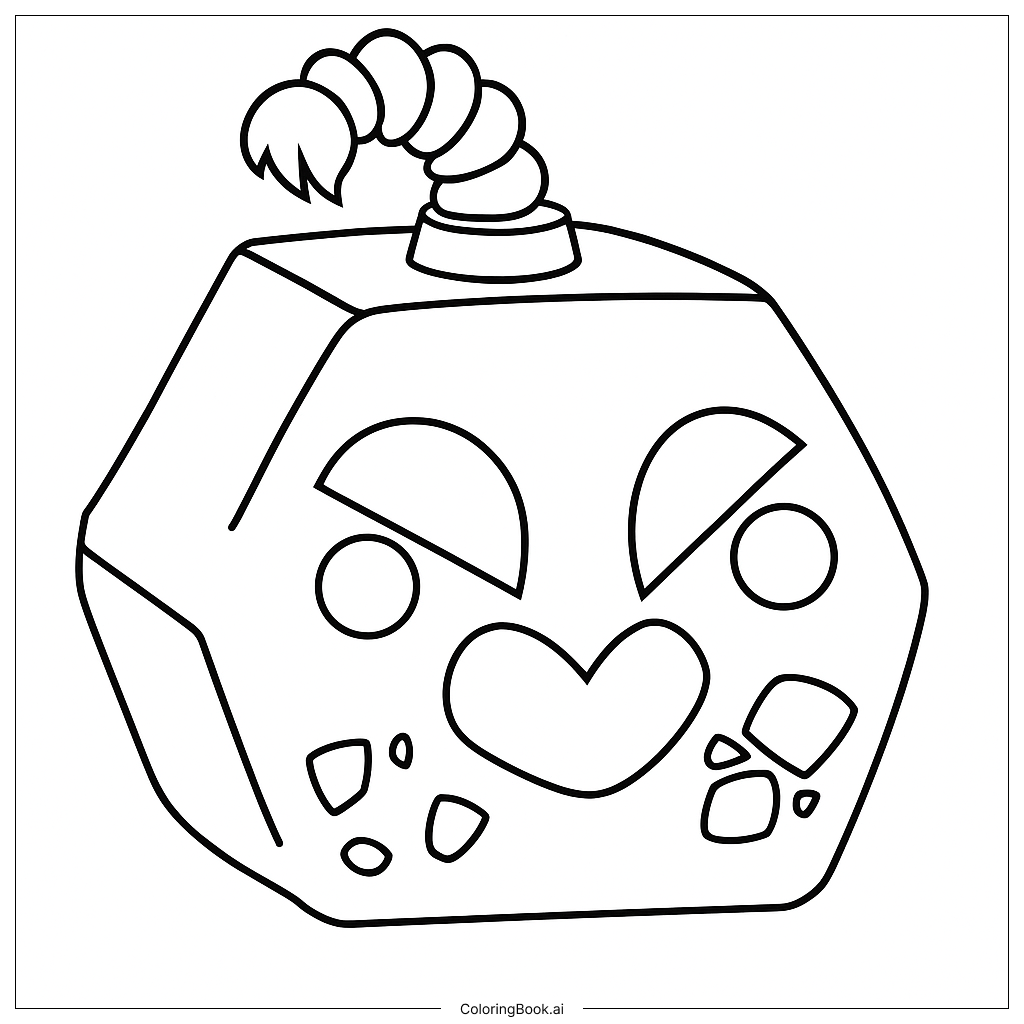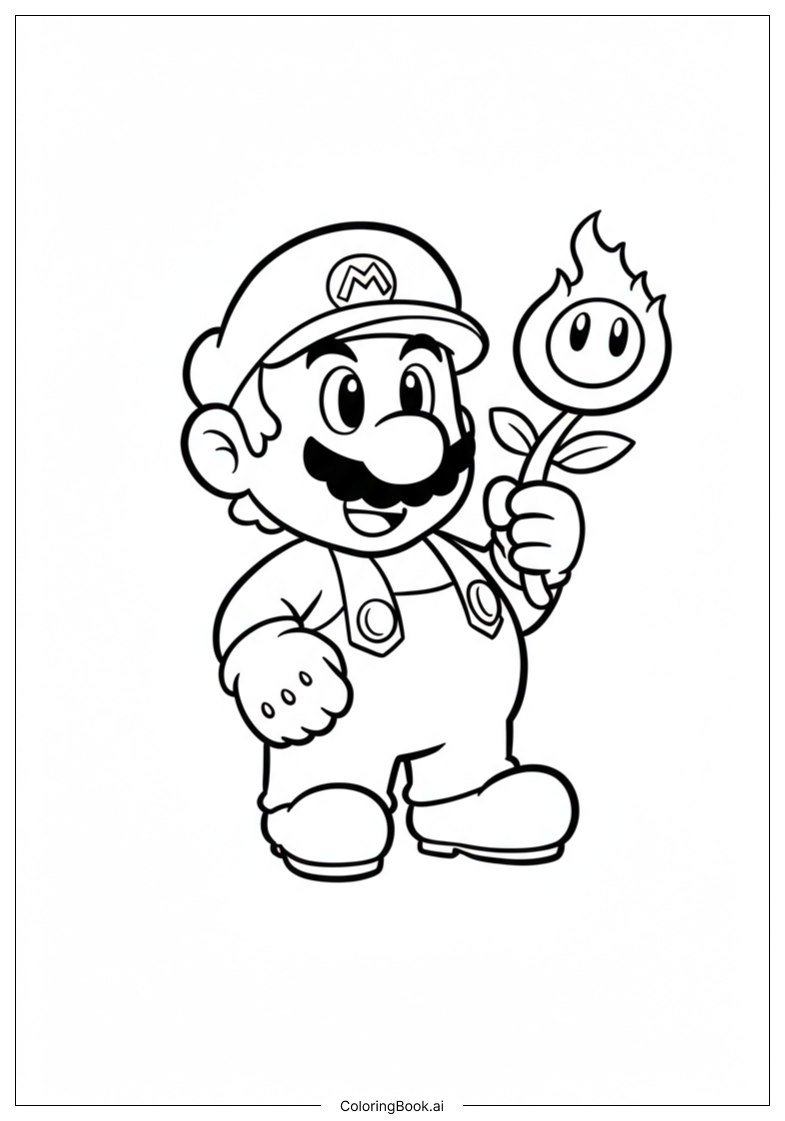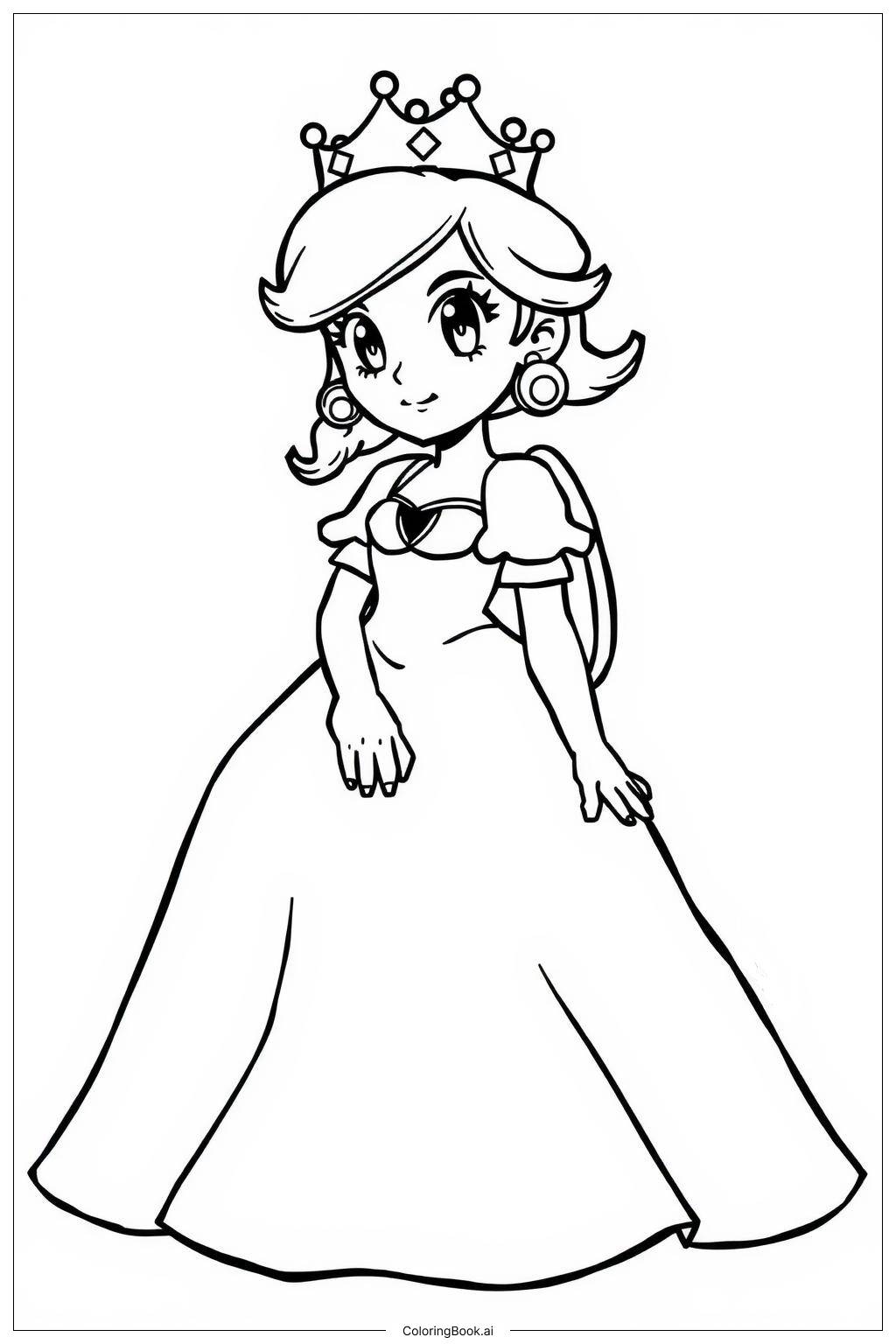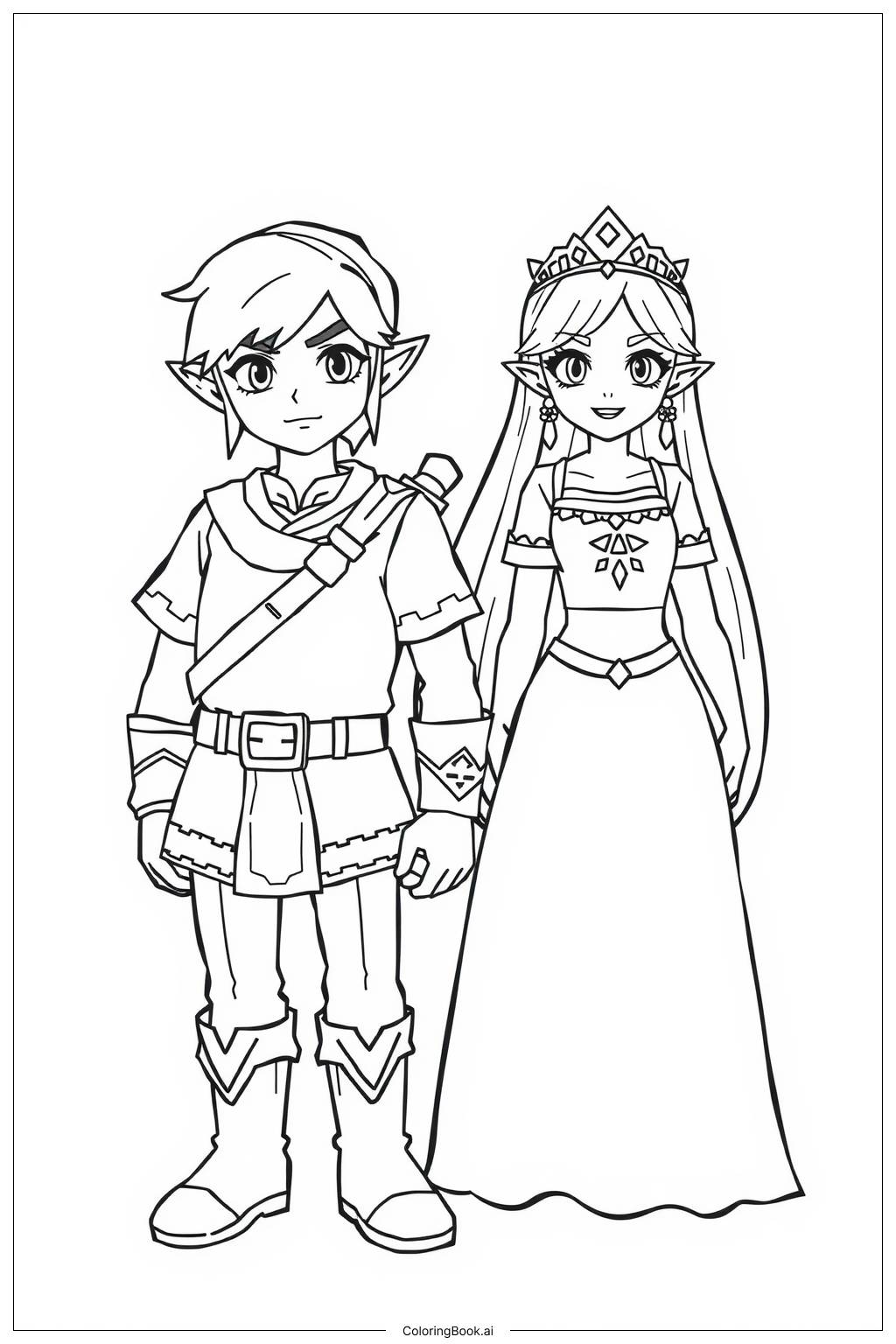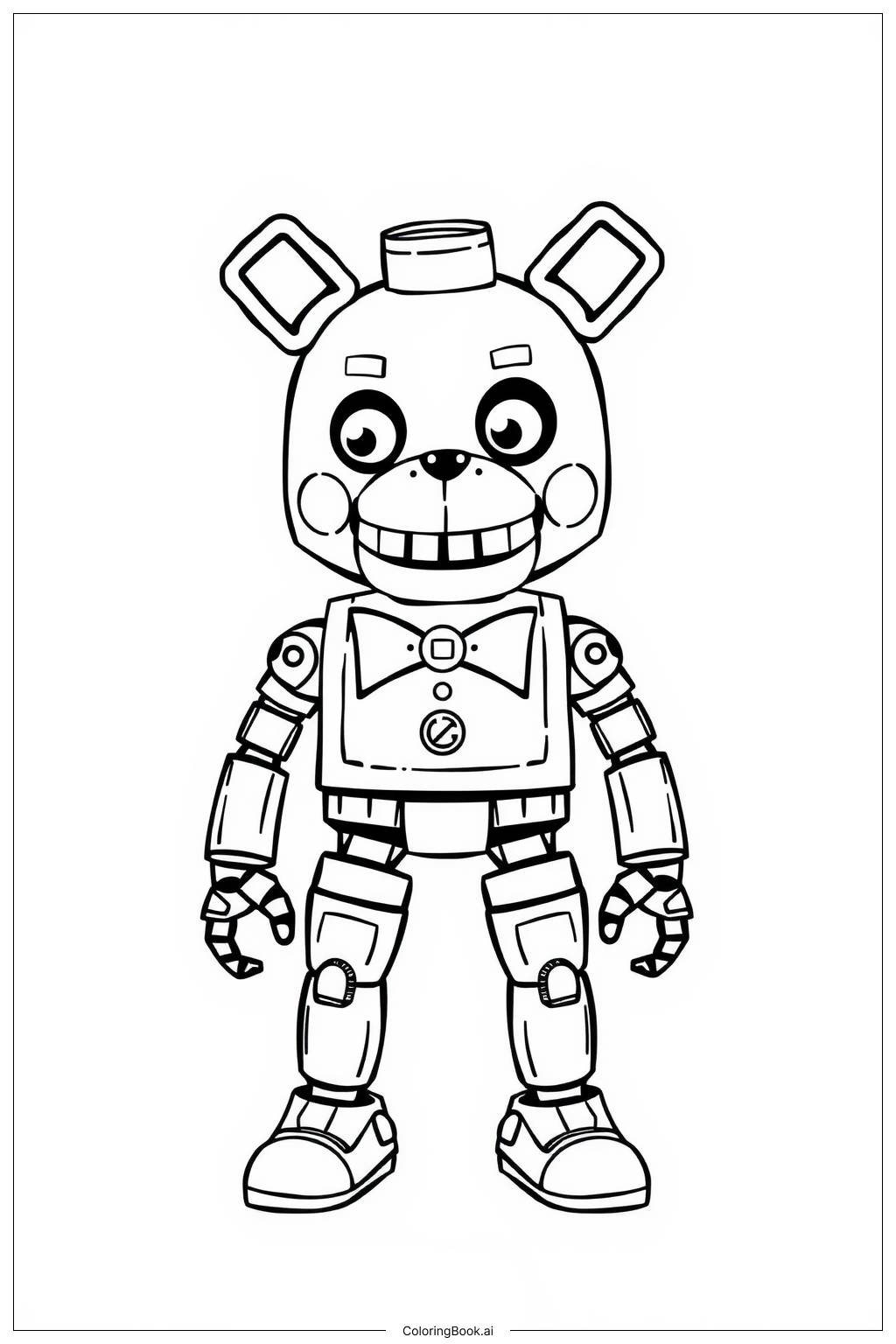Coloring tips: How to color Dough coloring page well?
Use soft and warm colors like light brown, tan, or beige for the dough part to show a bread or pastry look. For the dripping areas, try using a gradient of creamy white or light yellow to highlight the melting effect. The twisted stem on top can be colored with contrasting shades like red or orange to make it stand out. Adding subtle shadows with darker tones around the edges can help create a 3D effect. Use smooth, light strokes to show the soft texture of the dough.
Coloring challenges: Which parts are difficult to color and need attention for Dough coloring page?
1. The melting or dripping edges can be tricky to color evenly because they have curved, flowing shapes that need smooth blending to look natural. 2. The twisted stem has folds and twists that require attention to detail to color correctly and show depth. 3. The drop-shaped designs on the side might be small and hard to color precisely without going outside the lines. 4. Creating a soft dough texture means balancing light and shadow well, which can be challenging for beginners. 5. Managing color contrast between the dough body and the melted parts to keep them distinct without clashing can be difficult.
Benefits of coloring books: Advantages of drawing Dough coloring page
Coloring this dough fruit helps children practice their fine motor skills by carefully filling in detailed areas like the drops and twisted stem. It encourages creativity in choosing warm and inviting colors that suit the soft, gooey texture. This image also enhances focus and patience as kids try to color evenly within the dripping shapes. Overall, it provides a fun and engaging way to learn about shading and texture effects while boosting artistic confidence.
